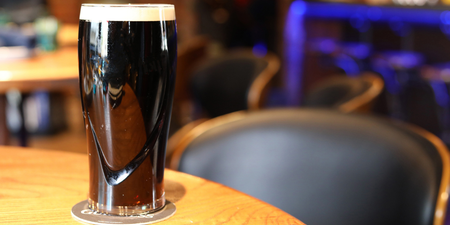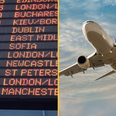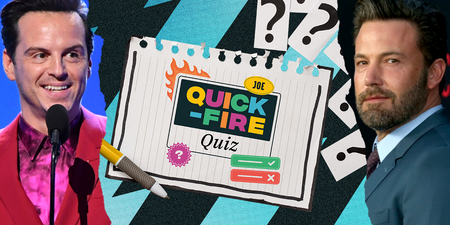More than half of Irish people aged between 15 and 24 were unemployed in the month of May.
The rate of unemployment in Ireland in May stood at 26.1%, a slight drop from the record figure of 28.3% recorded at the height of the Covid-19 pandemic in April.
Figures released by the Central Statistics Office (CSO) on Wednesday (3 June) revealed that, including everyone in receipt of Pandemic Unemployment Payments, more than one in five Irish people were unemployed in May as the Covid-19 pandemic continued to have a significant impact on the labour market.
Excluding those in receipt of the payment, the unemployment figure stood at 5.6%, a slight increase on the April figure of 5.4%. In February, prior to the pandemic making an impact in Ireland, the figure was less than 5%.
On Tuesday (2 June), 543,200 people received the Pandemic Unemployment Payment, a reduction of 36,200 from the previous week. That figure should continue to drop as more people return to work in line with the government roadmap for reopening society and business, with Phase 2 due to take effect from next Monday (8 June).
Breaking down the CSO figures, including those in receipt of the Pandemic Unemployment Payment, 51% of people aged 15 to 24 in Ireland were unemployed in the month of May.
The corresponding figure for people aged 25 or over was 22.5%, while males (26.6%) represented a slightly higher percentage of the overall unemployment figure than females (25.5%).
Commenting on the CSO figures, Jack Kennedy, economist at Indeed, said that the effect of the reopening of the economy on the unemployment rate will be crucial in determining how successfully businesses adapt to a new way of working while still turning a profit.
“Today’s data indicates that the headline unemployment rate has risen further, but the CSO’s estimate of the Covid-19 adjusted unemployment rate is down from that in April. Moreover, falling numbers for those receiving the Pandemic Unemployment Payment suggests we may be starting to see a levelling off,” he said.
“What will be crucial to see now is the impact on the unemployment rate as the economy begins to reopen. With small retailers and some other workplaces due to reopen next week, this new phase will test how successfully businesses can adapt to this new way of working while still turning a profit. Most people are hopeful that they will go back to their previous jobs, but this depends on how quickly businesses ramp up to full capacity.”
“As the economy sputters to a start, it will be vital to ensure the infrastructure needed to support workers is also in place,” Kennedy added.
“Adequate public transport and childcare facilities for those returning to work will be some of the biggest challenges to maintain with social distancing. With widespread childcare not set to resume for several weeks, parents returning to on-site work may struggle in the interim.
“The danger remains for industries who may stay shut for some time, such as hospitality and tourism. It will be a challenge to ensure that many of those employed in these areas do not fall into long term unemployment. There is hope, however, that the hospitality industry may be buoyed somewhat by more domestic tourism later this summer. Without the safety valve of emigration available for jobseekers at the moment, a rebound for this industry could be make or break, especially for rural areas most affected.”
LISTEN: You Must Be Jokin’ with Aideen McQueen – Faith healers, Coolock craic and Gigging as Gaeilge



















































